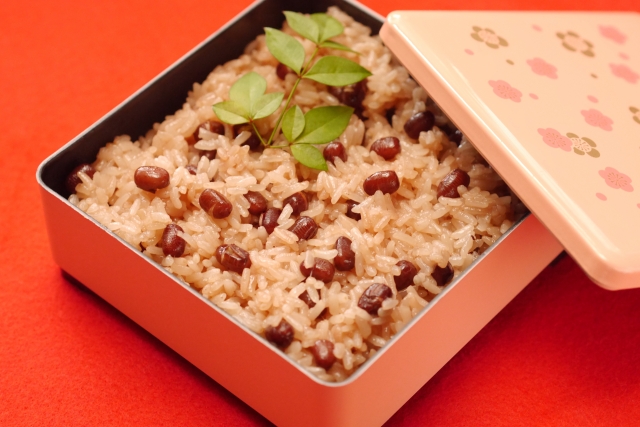In Japan, some dishes are more than food — they carry meanings, memories, and quiet emotions.
Few capture this better than sekihan (赤飯), literally “red rice.”
⛤ A Sacred Hue: From Ancient Red Rice
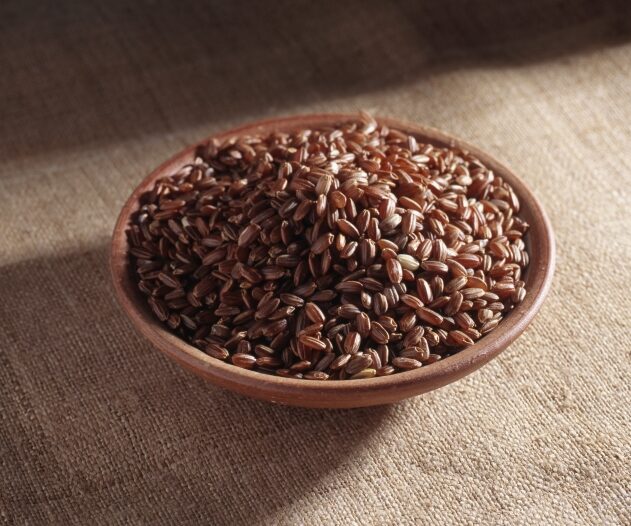
Long before modern sekihan, ancient Japan offered aka-mai (red rice) to deities.
From there, red came to symbolize joy, vitality, and protection — a sacred color for special days.
🍚 What Exactly Is Sekihan?
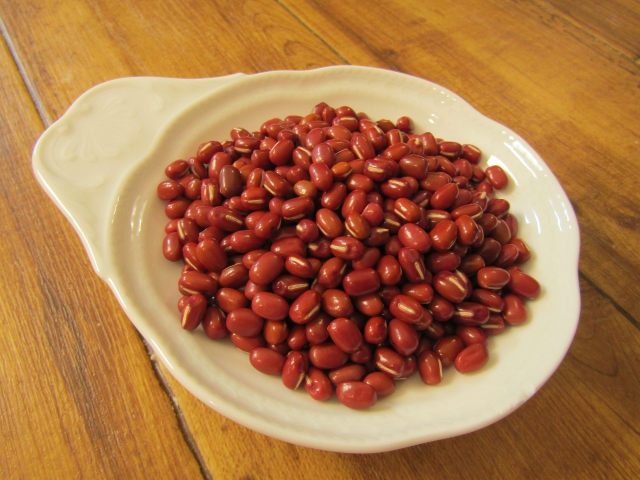
Sekihan is made by steaming glutinous rice (mochi-gome) with azuki beans (or sasage).
As the beans cook, they tint the rice a gentle red — not bright, but warmly celebratory.
Japan’s everyday staple is regular rice, but mochi-gome is reserved for festivals, offerings, and “special days.”
Its sticky texture is more than a mouthfeel — it suggests togetherness and family bonds.
🧂 The Balance of Colors: Goma-shio
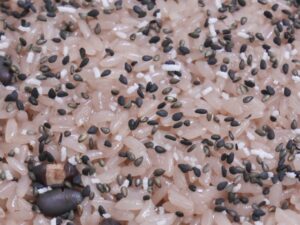
Sekihan is traditionally served with goma-shio (black sesame & salt).
The black and white grains scattered over red rice create a striking palette — festive, simple, and refined.
🎉 When Do People Eat It?
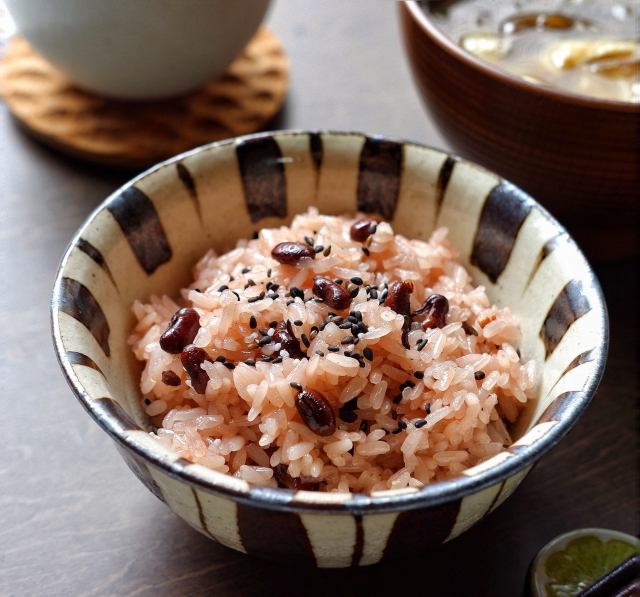
Most often at happy milestones:
birthdays and baby celebrations, entrance ceremonies, graduations, weddings, new homes, long-life birthdays, and sports victories.
In these moments, red = life and good fortune — a wish for a bright future.
🌺 A Gentle Tradition for Girls
In the past, some families served sekihan when a girl reached her first period — a quiet way to honor her growth.
Not loudly celebrated, but warmly acknowledged at home: joy without shame, in a bowl of red rice.
🕊️ After Farewell: Red as Renewal
While funerals in Japan are solemn and served with simple fare, some regions share sekihan at the end of mourning (e.g., after the forty-ninth day).
Here the red means something different: not “celebration,” but returning to everyday life, and the resilience to go on.
Same color, different message — and a very Japanese balance of feeling.
🥢 How It’s Made (and Why It’s Steamed)
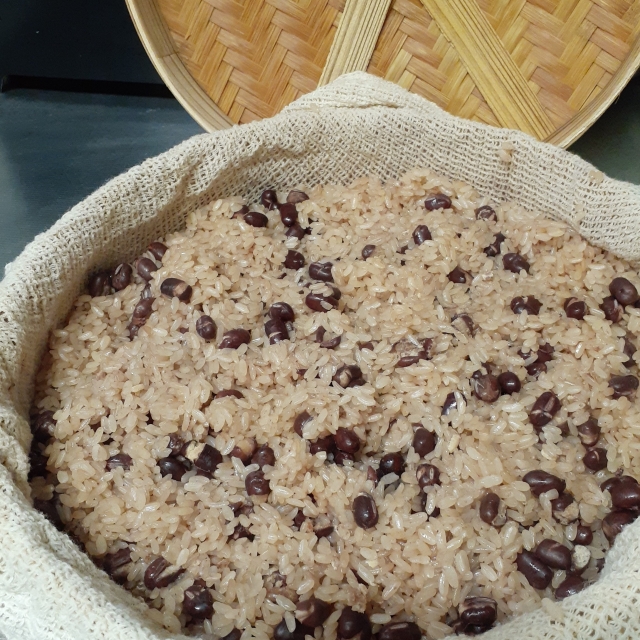
Sekihan is steamed, not boiled, to keep the chew pleasantly lively and prevent excess stickiness.
No oil or salt is added while cooking — the beauty lies in the grains, the beans, and the color itself.
🏪 From Ceremonial to Everyday
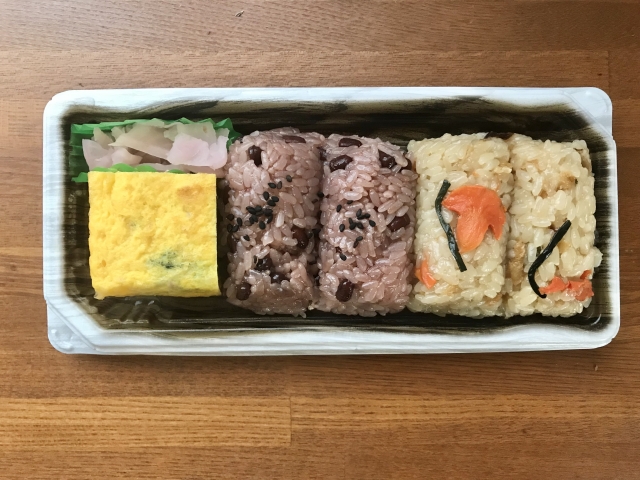
Today you can find sekihan onigiri at convenience stores, and even retort pouches or canned sekihan at supermarkets.
Because azuki adds minerals and calories, some people keep it as emergency food — nourishing and emotionally uplifting when times are hard.
💡 Quick Q&A

Why is glutinous rice (mochi-gome) important?
In Japan, mochi-gome marks a “special day.” Its sticky texture symbolizes togetherness, making it perfect for celebrations and offerings.
Is sekihan always bright red?
No. It’s usually a soft reddish tint from the beans — subtle, warm, and elegant rather than vivid.
Do all families still follow the old customs?
Practices vary by region and family. Many traditions have softened, but the feeling behind sekihan remains: to honor life’s milestones with gratitude.
Sekihan ties many threads together — birth and coming-of-age, unions and farewells, family and community.
In its color and stickiness, it quietly says: life continues, and we continue together.

